Eight
2007 - Film & Video (Film & Video)
8 min 10
Ulla von Brandenburg
Eight opens with a close up of a painting by Hubert Robert of the Chateau de Chamarande where the film was shot. This work acts as a key to the unfolding film. In Eight , the camera tracks back and forth, proceeding from room to room, closing in on each motif, lingering and then passing on without ‘comment’, as a surrogate for the spectator’s gaze. Each tableau vivant that the camera/viewer encounters recalls some other cultural manifestation: Greek theatre in the mask, Magritte perhaps in the woman with no face, Caspar David Friedrich in the woman gazing out of the window, Greuze in the death scene observed by spectators (but also perhaps 19 century medical demonstrations to students) etc. Many of these motifs recur in von Brandenburg’s work so there is also a sense of self-reference. The film enshrines ambiguity; are these people alive or dead, animate or inanimate wax works? Only the paper that inflates and deflates indicates a living presence. This is the only motif that engages with the cinematic. Everything else is photographic and theatrical. Just as the film is destined to loop eternally (evoked by the moebius strip) so the figures seem to be frozen forever in their poses. However, part of the disquiet occurs in the gap between what we know and what we don’t know. Once the camera has passed do the figures come to life? Before the camera reaches them are they animate? The spectator is caught between worlds, between the conscious and the unconscious, the knowing and not knowing, in a timeless world staged for his inspection.
Ulla von Brandenburg is particularly interested in the tableau vivant captured on film. This paradox of depicting a still image with a kinetic medium is fundamental to her work. Her work is redolent of nineteenth century art and photography, particularly genre and history painting, while also making reference to surrealism and to early interest in psychoanalysis and the paranormal. She makes films, watercolors of a ghostly nature and installations using curtains that recall the theatrical experience. She also foes performance. The tableau vivant mimics death, the characters being frozen in their poses. The spectator of the film is reminded not only of his/her mortality but of the sense of time suspended. The merging of film and photography in such films presents a paradox for there is a contradiction between the motif and the means of recording it. The camera acts as a surrogate for the viewer’s gaze as it surveys the scene. The stability of the scene is betrayed by the twitching of muscles, the impossibility of holding the pose and thus the intrusion of life onto a scene of death. von Brandenburg’s films are infused with melancholy, a sense of ‘otherness’ and the uncanny (unheimlich). They are filmed in one take, the time taken being determined by the length of the film stock. Worked out in drawings and studies in advance, no rehearsal takes place but generally she shoots three or four times. Von Brandenburg’s films are disconcerting, finely crafted and compelling and contemplative.
Colors:
Other related works, blended automatically
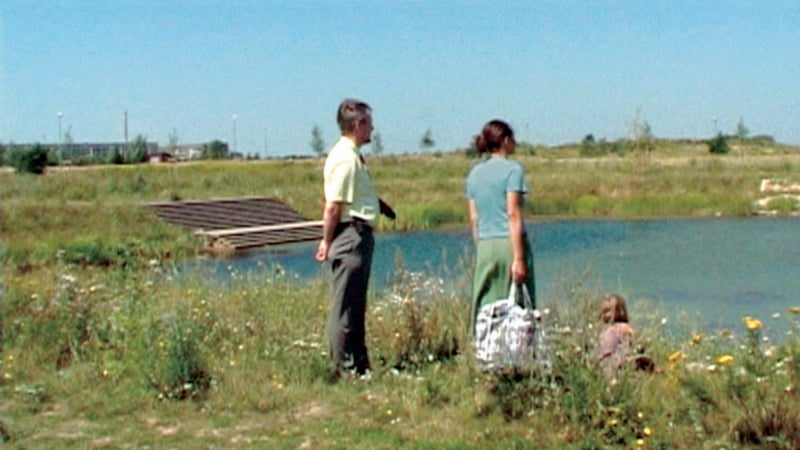
© » KADIST
Clemens von Wedemeyer
2004Die Siedlung is a filmic documentary about the recent shift in housing developments in Leipzig-Grünau in former East Germany and its consequences on some inhabitants...

© » KADIST
Annette Kelm
2013Percent for Art is seemingly concerned with “art enrichment” by state or city arts agencies role in it, managing the artist rosters, maintaining public art collections, commissioning artworks, selecting installation sites, among other things for aesthetic and cultural enhancement in both public and private real estate developments...

© » KADIST
Thomas Kilpper
2009These two images come from the series called “State of Control” which Kilpper made in the building formerly occupied by the Stasi in Berlin...

© » KADIST
Thomas Kilpper
2009These two images come from the series called “State of Control” which Kilpper made in the building formerly occupied by the Stasi in Berlin...
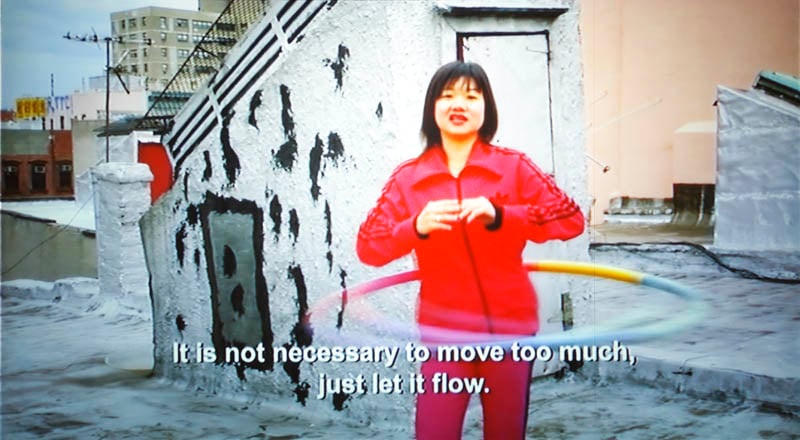
© » KADIST
Christian Jankowski
2008In New York City’s Chinatown, subject Suat Ling Chua’s morning exercise is to practice the hula hoop...

© » KADIST
Clemens von Wedemeyer
2003Silberhöhe , directed at Halle, located in the former GDR (German Democratic Republic), is the name of a neighborhood on the outskirts of the city, which was built in the 70’s and could accommodate more 40,000 people...

© » KADIST
Annette Kelm
2014In Stilleben mid Zierlauch ( Still Life with Aluminum) Annette Kelm utilizes visual juxtaposition to bring together a gridded aluminum backdrop, a pot with a vaguely indigenous pattern on it, and two purple dandelions...

© » KADIST
Martin Kippenberger
19897″ Single ‘Pop In’ by Martin Kippenbergher consisting of a vinyl record and a unique artwork drawn by the artist on the record’s sleeve...
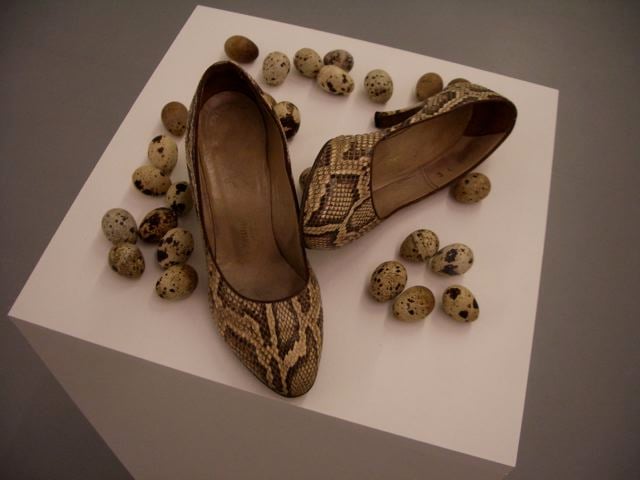
© » KADIST
Hans-Peter Feldmann
The types of objects Feldmann is interested in collecting into serial photographic grids or artist’s books are often also found in three dimensional installations...
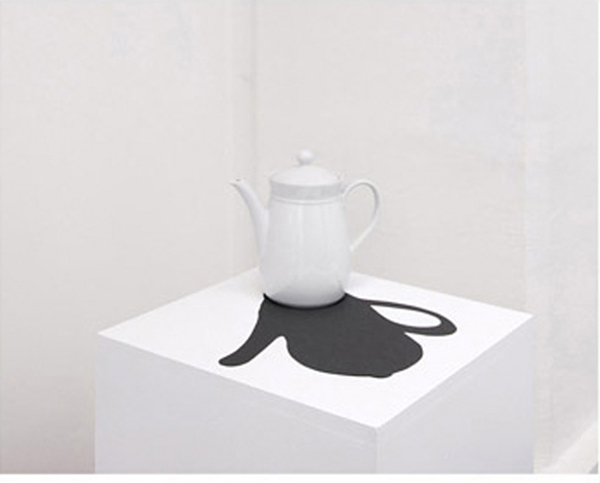
© » KADIST
Hans-Peter Feldmann
The types of objects Feldmann is interested in collecting into serial photographic grids or artist’s books are often also found in three dimensional installations...
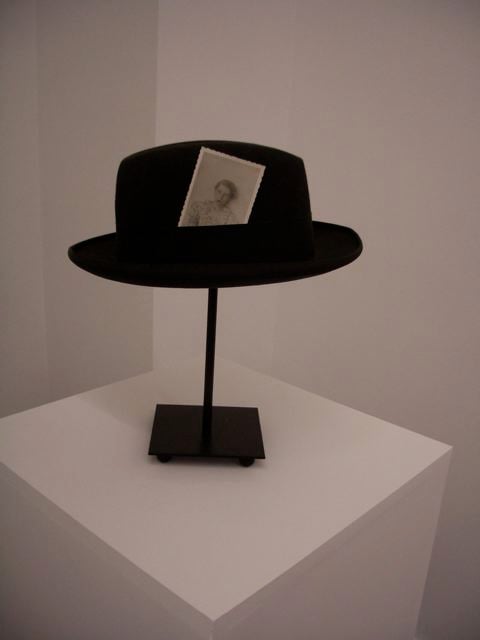
© » KADIST
Hans-Peter Feldmann
The types of objects Feldmann is interested in collecting into serial photographic grids or artist’s books are often also found in three dimensional installations...
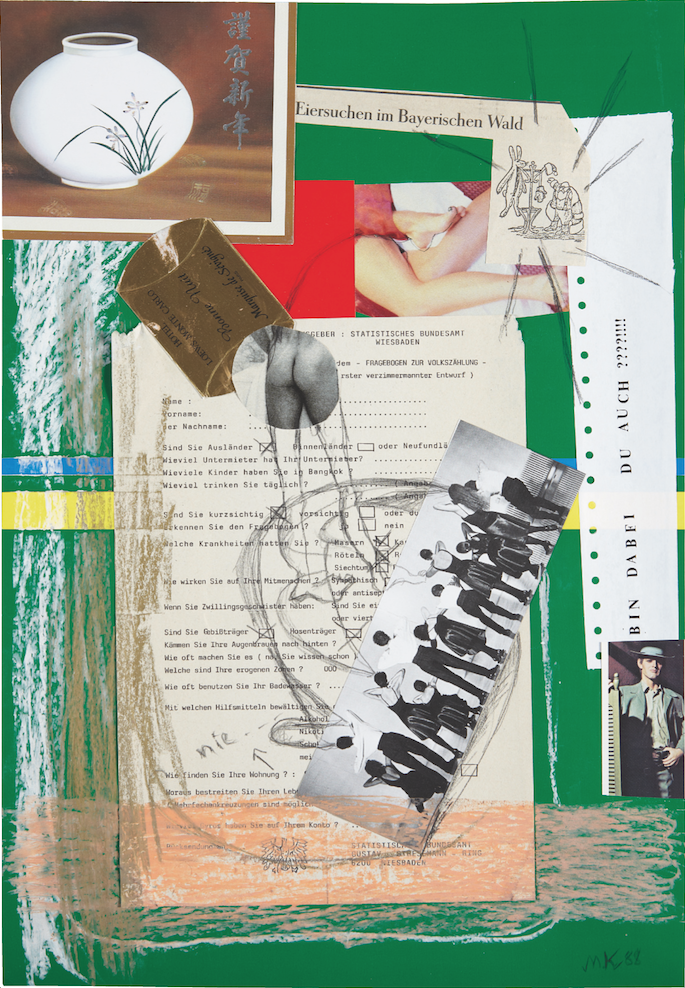
© » KADIST
Martin Kippenberger
1988Martin Kippenberger’s late collages are known for incorporating a wide range of materials, from polaroids and magazine clips to hotel stationery, decals, and graphite drawings...

© » KADIST
Martin Kippenberger
1989Untitled is a work on paper by Martin Kippenberger comprised of several seemingly disparate elements: cut-out images of a group of dancers, a japanese ceramic vase, and a pair of legs, are all combined with gestural, hand-drawn traces and additional elements such as a candy wrapper from a hotel in Monte Carlo and a statistical form from a federal government office in Wiesbaden, Germany...

© » KADIST
Kota Ezawa
2002The Simpson Verdict is a three-minute animation by Kota Ezawa that portrays the reading of the verdict during the OJ Simpson trial, known as the “most publicized” criminal trial in history...

© » KADIST
Wolfgang Tillmans
2017Wolfgang Tillmans initiated the ongoing series Faltenwurf in 1989, representing compositions of unused clothing, with special attention paid to the ways in which they drape and fold...

© » KADIST
Kota Ezawa
2014Paint and Unpaint is an animation by Kota Ezawa based on a scene from a popular 1951 film by Hans Namuth featuring Jackson Pollock...

© » KADIST
Kota Ezawa
2017The Crime of Art is an animation by Kota Ezawa that appropriates scenes from various popular Hollywood films featuring the theft of artworks: a Monet painting in The Thomas Crown Affair (1999), a Rembrandt in Entrapment (1999), a Cellini in How to Steal a Million (1966), and an emerald encrusted dagger in Topkapi (1964)...

